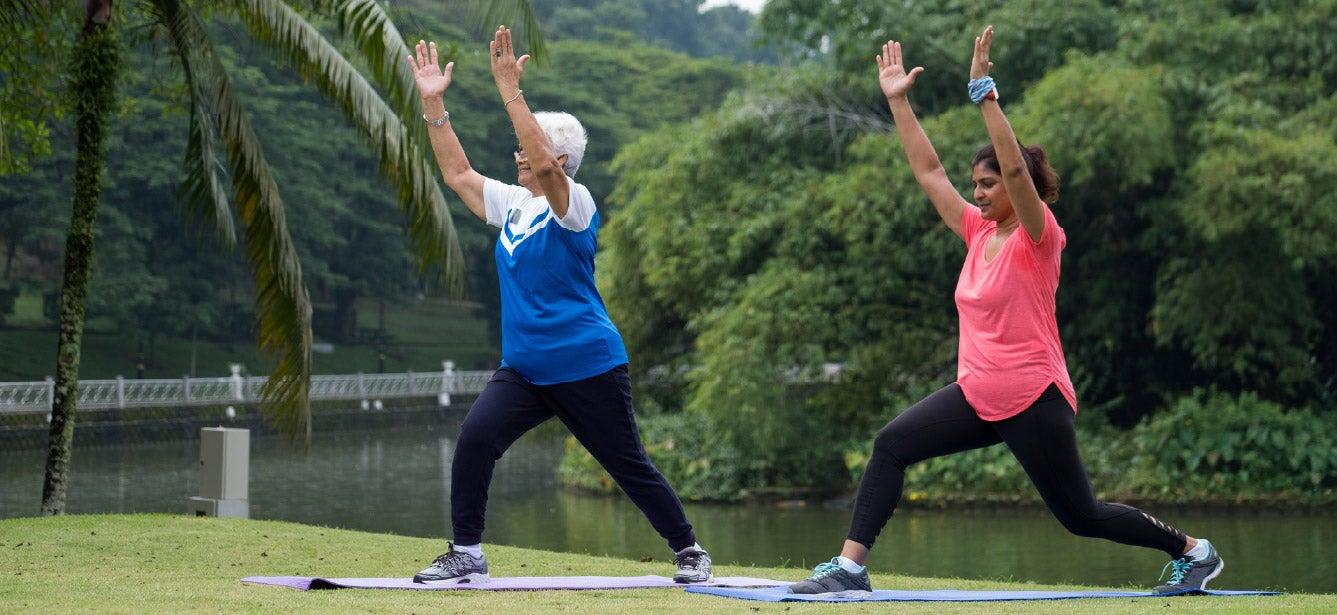
Related Topics
"Healthy aging" and "aging well" are used quite often, but people outside the aging services or health care sectors rarely understand the full meaning of these phrases. October is National Physical Therapy Month and a wonderful chance to remind the public of the value of physical therapy in supporting the health and independence of America's older adults.
How does physical therapy reduce injuries for older adults?
In the past, physical therapy was perceived as a reactionary profession; most people believe physical therapists (PTs) only work with people after they were injured. This misconception overlooks much of the value physical therapists offer the older adult community to keep them safe and independent. PTs are changing their profession to include treatment of injury and education on preventive strategies that reduce injuries altogether.
Physical therapists are highly trained health care professionals, with an expertise in movement and exercise. Their skills and knowledge base are essential when dealing with the complexities of aging. Physical therapy training includes assessment, exercise prescription, and progression, all with appropriate monitoring. All these skills can be utilized for older adults before injury happens. And if used more in this way, physical therapists can play a key role in the prevention of injury, functional decline, and disability.
Fitness at any age is made up of five key aspects
- flexibility
- strength
- endurance
- posture
- balance
Extensive studies have provided norms for each of these categories. By using these guidelines to determine what is normal for older adults of similar age and gender physical therapists can explain how a patient’s circumstances compare with their peers’.
More importantly, a physical therapist can assess results against important thresholds related to falls, disability, and even mortality.
When areas of concern are identified, a PT can prescribe individualized exercises to strengthen key muscles, improve balance and flexibility, and increase you overall wellbeing. For example, if someone scores low in the area of balance and strength, the evidence-based Otago exercise program could be prescribed. The Otago exercise program has been studied extensively with older adults and is proven to reduce falls up to 50%.
Include PTs in your list of options and resources for aging well. The knowledge and expertise they provide can prevent or reduce issues before they arise, and make it easier for you to stay healthy and independent.




